
Cultural Heritage & Art: 3D Scanning Service
Close-range photogrammetry offers several advantages, particularly in applications where high-resolution 3D models or reconstructions of relatively small objects or scenes are needed. Plus, 3D photogrammetry finds applications across various fields due to its ability to accurately capture detailed 3D models of objects or scenes, indoor and outdoor. Here are some of its key advantages:
- High Resolution: Photogrammetry can achieve very high resolutions, especially when using high-quality cameras and precise calibration. This makes it suitable for capturing fine details and textures on objects.
- Cost-Effective: Compared to some other 3D scanning technologies like LiDAR, photogrammetry setups are often more cost-effective. It typically requires only a digital camera and software for processing, making it accessible to a wide range of users.
- Flexible Setup: Photogrammetry can be performed using a variety of camera setups, ranging from consumer-grade digital cameras to high-resolution professional cameras. This flexibility allows users to choose the equipment that best suits their budget and application requirements.
- Non-Contact 3D Scanning Method: Photogrammetry is a non-contact measurement technique, meaning it does not require direct physical contact with the object being scanned. This makes it suitable for fragile or sensitive objects that cannot be touched or moved.
- Capture of Texture and Color: Photogrammetry not only captures geometric data but also preserves the texture and color of the object's surface. This makes it ideal for applications where visual appearance is important, such as cultural heritage documentation, forensic analysis, or virtual reality content creation.
- MSuitable for Complex Shapes:Photogrammetry can capture complex shapes and surfaces accurately, including irregular geometries and intricate details. It works well for objects with varying curvatures or surface features.
- Portability: Photogrammetry setups can be relatively portable, especially when using handheld or lightweight cameras. This allows for on-site scanning in various environments without the need for large, cumbersome equipment.
We provide a High-Quality Close Range Photogrammetry Service. For more information Get in contact
Round Ornamental Medallion on Building Facade
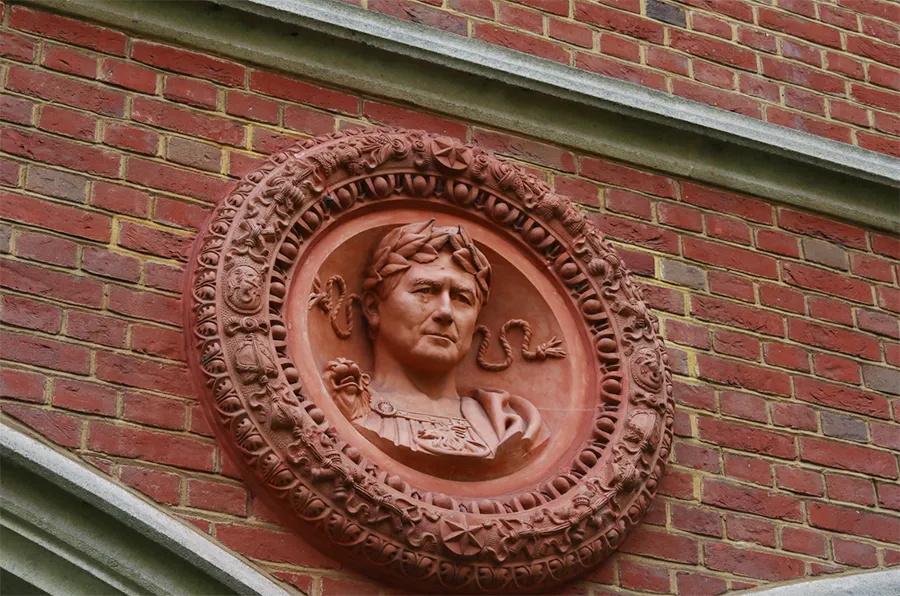
Low-Resolution Point Cloud plus Camera Positions
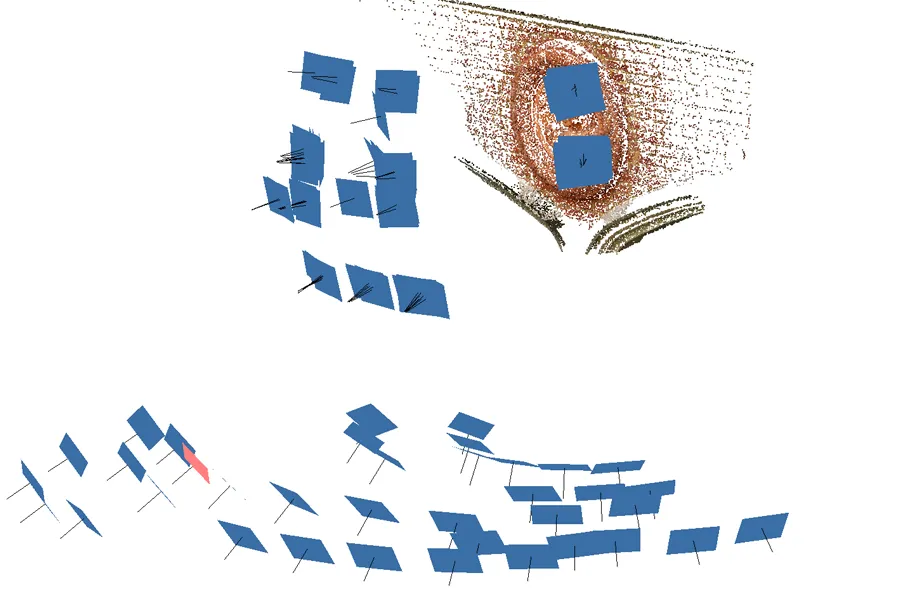
High-Resolution 3D Mesh (STL, 4 million polygons)
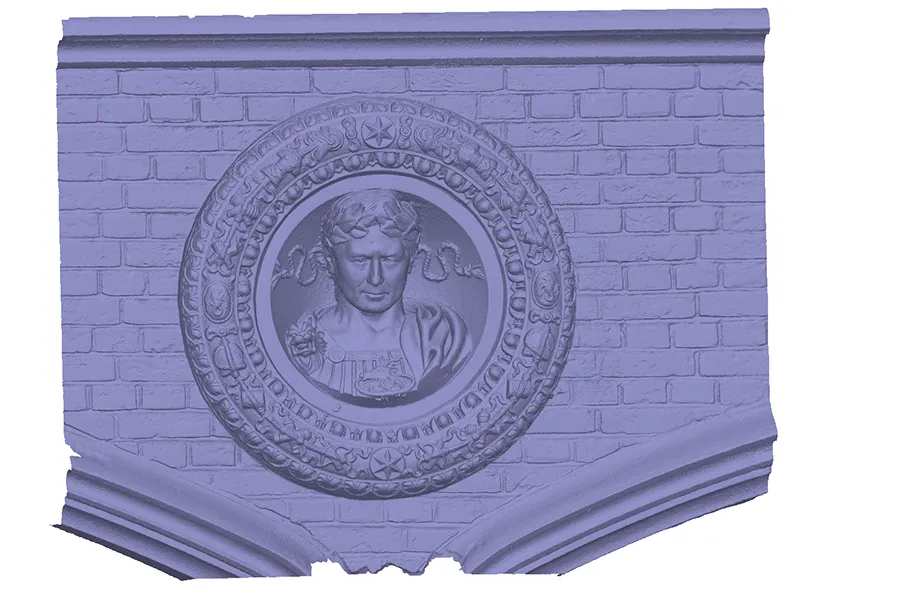
High-Resolution 3D Mesh (Close up)
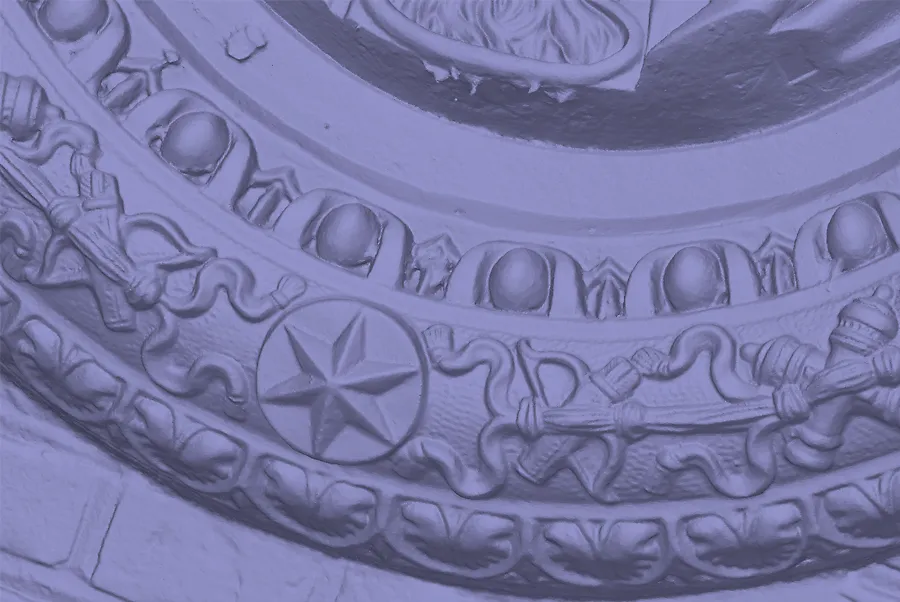
High-Resolution 3D Mesh (Close up)
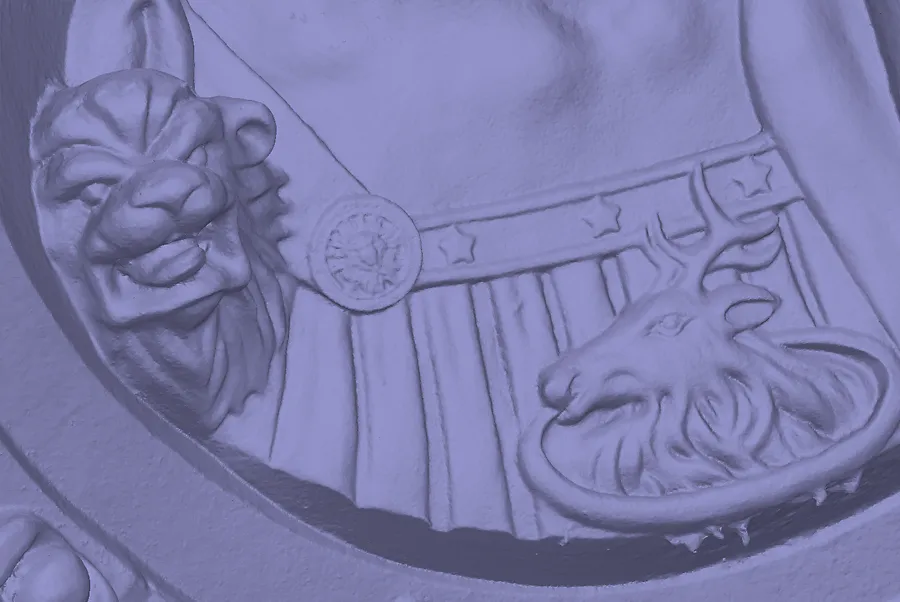
High-Resolution Colour Texture map (8k resolution)
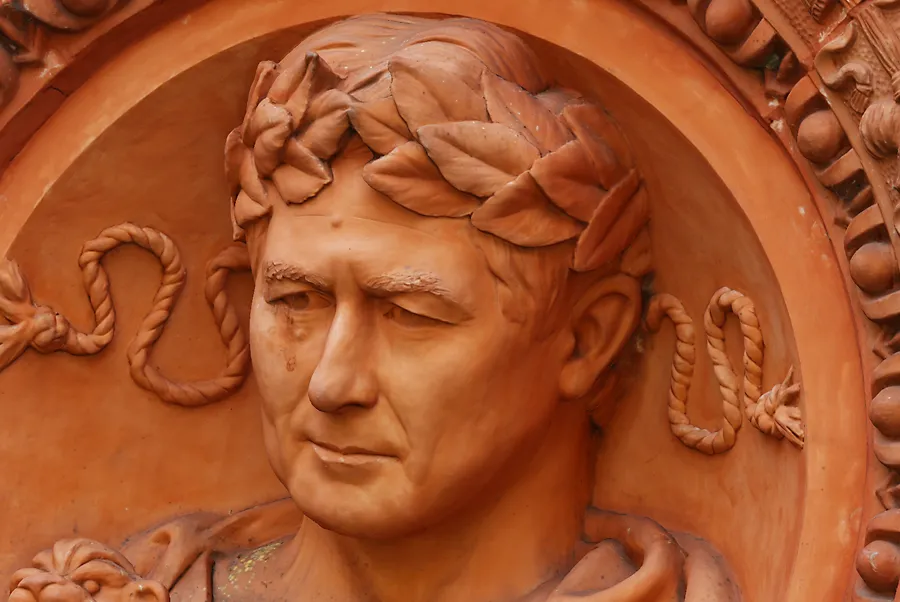
High-Resolution Colour Texture map (8k resolution close up)
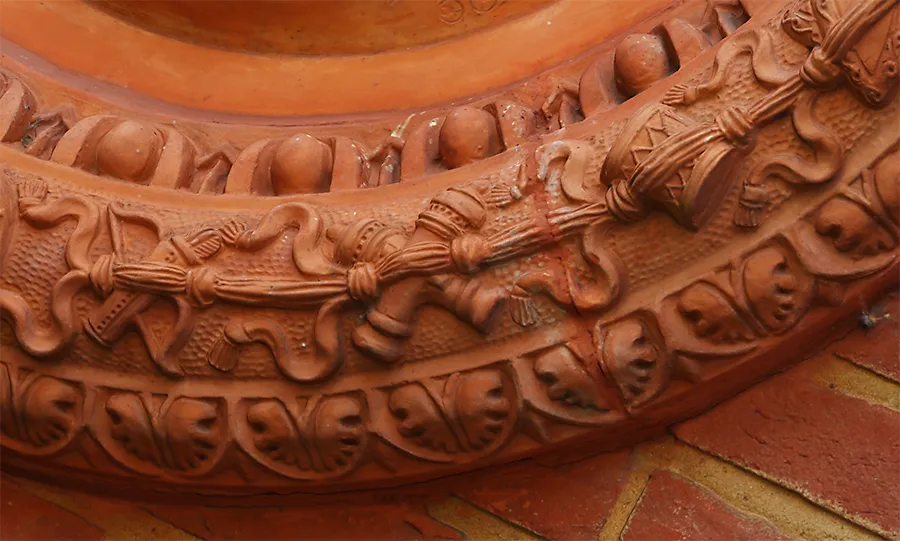
Here are some common Close Range Photogrammetry applications:
- Archaeology and Cultural Heritage: Photogrammetry is used to document archaeological sites, artifacts, and cultural heritage objects with high precision and detail. It helps in preservation efforts, virtual museum displays, and archaeological research.
- Forensic Analysis: In forensic science, photogrammetry is employed to document crime scenes, capture evidence such as footprints or tire tracks, and reconstruct accidents or incidents for analysis and investigation.
- Engineering and Construction: Photogrammetry is used in engineering and construction for as-built documentation, site surveying, progress monitoring, and creating digital twins of buildings and infrastructure projects.
- Product Design and Manufacturing: Photogrammetry aids in product design by capturing accurate 3D models of prototypes, components, or finished products. It assists in quality control, reverse engineering, and rapid prototyping processes.
- Architecture and Interior Design: Architects and interior designers use photogrammetry to create 3D models of buildings, rooms, and architectural elements. It helps in space planning, renovation projects, and visualizing design concepts.
- MSuitable for Complex Shapes: Photogrammetry can capture complex shapes and surfaces accurately, including irregular geometries and intricate details. It works well for objects with varying curvatures or surface features.
- Heritage Preservation: Photogrammetry plays a crucial role in documenting and preserving cultural heritage sites, monuments, and structures. It assists in conservation efforts, restoration projects, and virtual heritage presentations.
- Entertainment and Media: In the entertainment industry, photogrammetry is used for creating digital assets, special effects, and virtual environments in movies, video games, and augmented reality (AR) applications.
- Geological and Environmental Sciences: Photogrammetry helps in terrain mapping, landform analysis, and environmental monitoring by capturing detailed 3D models of landscapes, geological features, and vegetation.
- Virtual Reality (VR) and Augmented Reality (AR): Photogrammetry contributes to immersive experiences in VR and AR applications by creating realistic 3D environments, objects, and characters based on real-world data.
- Education and Training: Photogrammetry is used for educational purposes in disciplines such as geography, geology, archaeology, and architecture. It provides students with hands-on experience in 3D modeling and spatial analysis.
These are just a few examples of the diverse range of applications for close-range photogrammetry. Its versatility and ability to capture detailed 3D models make it a valuable tool across various industries and disciplines.
